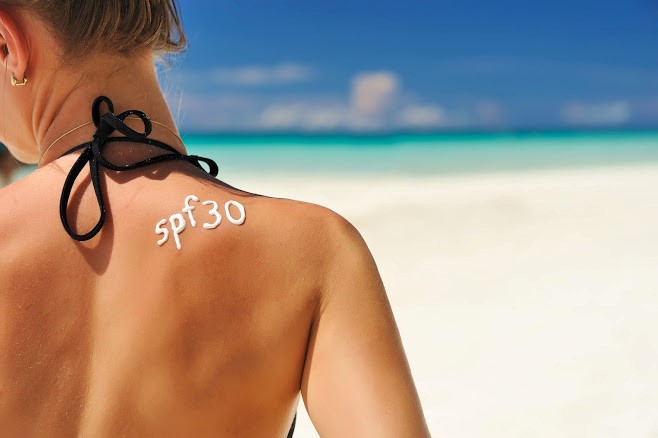4 Common Skin Myths Debunked

Do you know how to care for your skin? Before assuming you know all the answers, take a look at some of the most common dermatological myths and the truths behind them.
1. Acne Always Goes Away on Its OwnAccording to the American Academy of Dermatology (AAD), it’s not always the best idea to let acne run its course. Going without treatment can lead to permanent scarring, dark spots, or future or increased breakouts.
Instead of the wait-and-watch approach, teens and adults with acne can:
- Get professional help. The expert knows best. Visit the dermatologist for a diagnosis and an effective treatment plan.
- Learn about alternatives. There’s more than one way to treat acne. Depending on the type of acne you have and the severity, the dermatologist may recommend one treatment over another.
- Stop shopping the drugstore aisles. While there are plenty of over-the-counter treatments that work, they don’t help all patients. Before wasting time and money on ineffective cures, talk to the doctor about what ingredients really work.
Discontinuing treatment the moment you see a change won’t always get you a long-lasting result. Instead, continue your new (working) skin care regime as directed by the dermatologist. Along with continuing treatment, keep all regular dermatologist appointments — including those for follow-up care.
2. A Base Tan Prevents BurningThe idea that getting a base tan can prevent burning is more than a myth. It’s dangerous. There’s no scientific evidence saying that starting with a tan can stop further sun damage. A tan does not provide sun protection. To truly reduce the risks of sun exposure:
- Cover up. Physically blocking the sun’s rays from reaching your skin with protective clothing (and a hat) can reduce the likelihood of a burn.
- Use sunscreen. Always wear sunscreen when spending time outside. Choose a broad-spectrum product (that offers protection between UVA and UVB rays) with an SPF of at least 30.
- Reapply sunscreen. Swiping sunscreen across your body and face won’t always provide complete protection. When outside, reapply sunscreen every two hours or after getting wet (this includes sweating and going in the water).
- Seek shade. If you’re outside between 10 a.m. and 4 p.m., get as much shade time as possible.
Always apply enough sunscreen to reduce the risk of exposure. The AAD recommends using the equivalent of one shot glass (1 ounce) to cover an average sized adult’s body.
3. Skin Cancer Only Happens on Exposed SkinAgain, this just isn’t true. While sun exposure is a major risk factor in the development of skin cancer, it isn’t the only cause. Beyond that, if your clothes aren’t treated with SPF protection, it’s still possible for the rays to reach your skin.
Along with arms, legs, and the face (all commonly exposed areas of the body), you can also develop skin cancer anywhere from your scalp to inside your eyes. This makes getting full body skin checks by a professional absolutely essential. Without the help of a dermatologist, you could miss potential trouble spots.
4. It’s Possible to Stop or Reduce Dark Spots by RubbingExtra exfoliation won’t necessarily remove dark skin spots. This type of harsh treatment may have the opposite effect, worsening discoloration. Before attempting to treat a dark skin spot, you need to know the cause. If the cause is not obviously apparent, a trip to the dermatologist can help to figure out whether the spot is related to sun, age, acne, hormones, or another issue.
The dermatologist can also recommend the best products or treatments for reducing your type of discoloration. Common treatments include lightening products such as glycolic acid, retinoids, and kojic acid. Never use these, or other similar products, without professional dermatological guidance.
Do you need help treating acne, dark spots, or another dermatological condition? Contact East Carolina Dermatology and Skin Surgery, PLLC, for more information.
